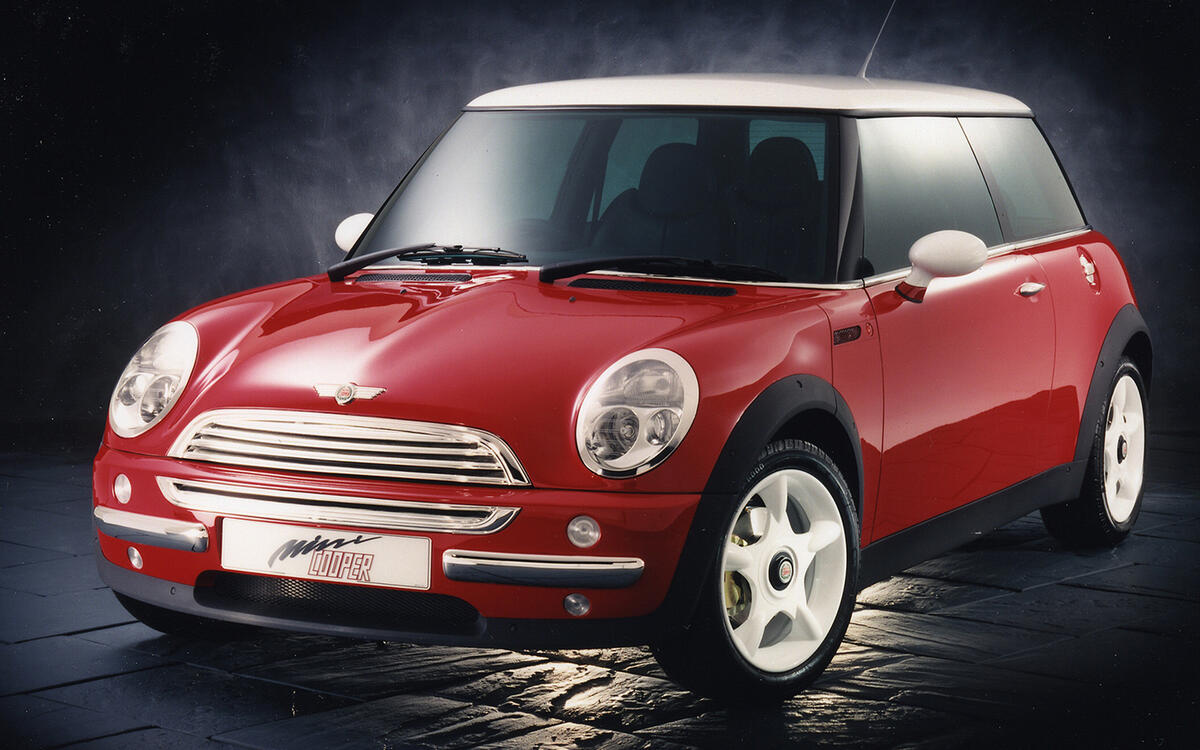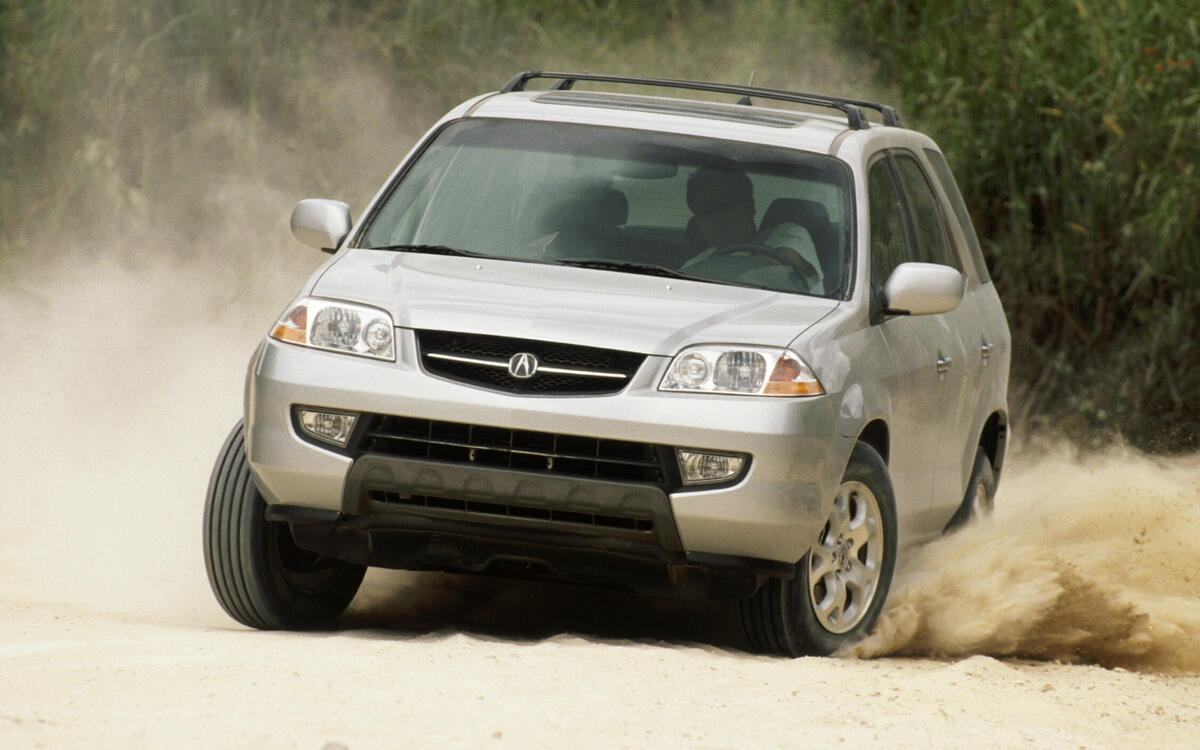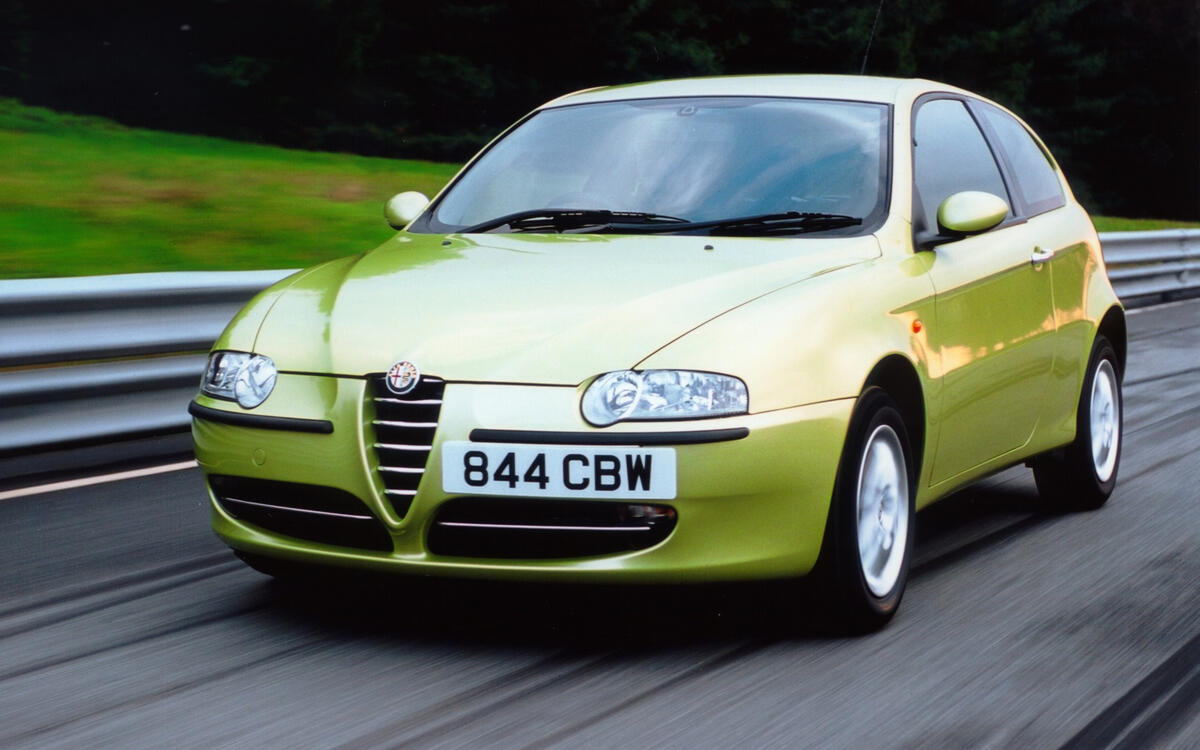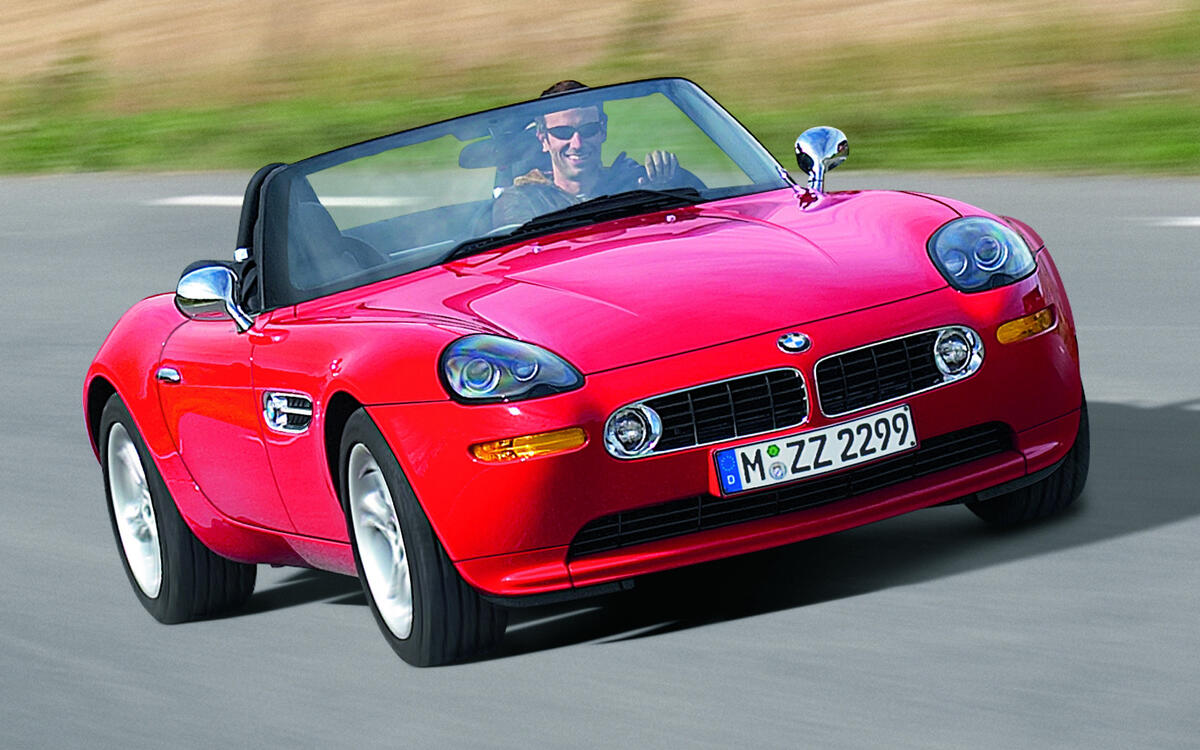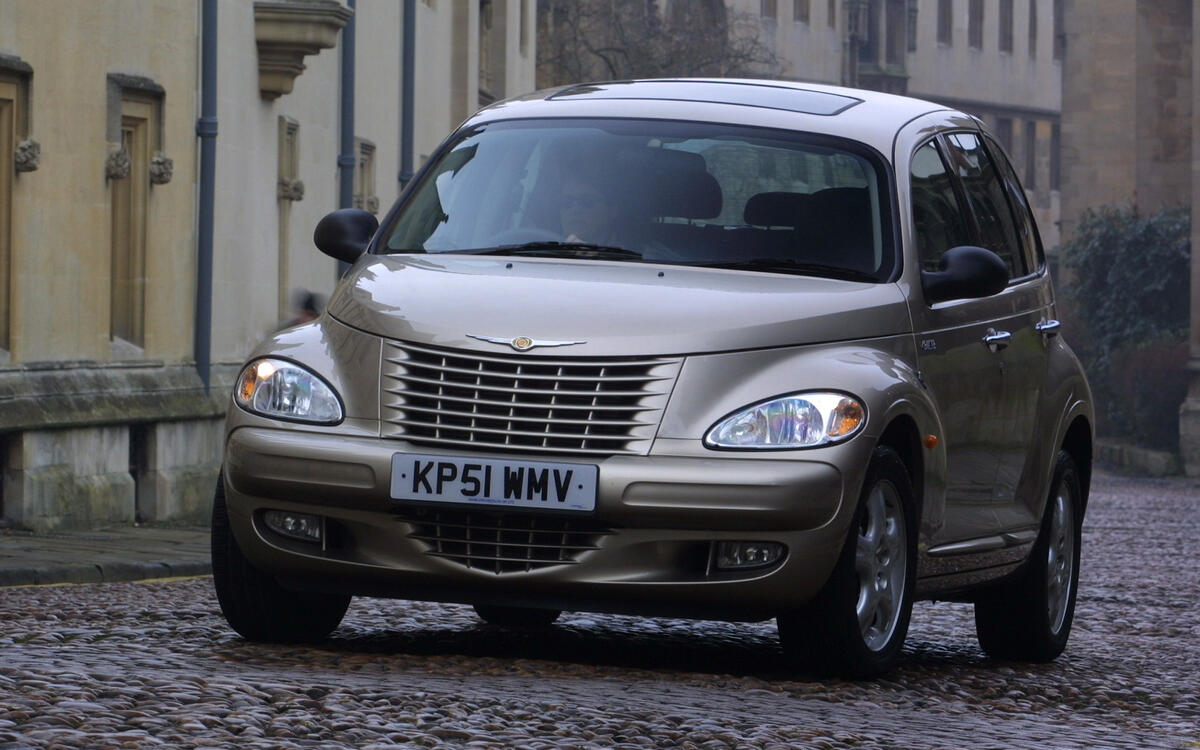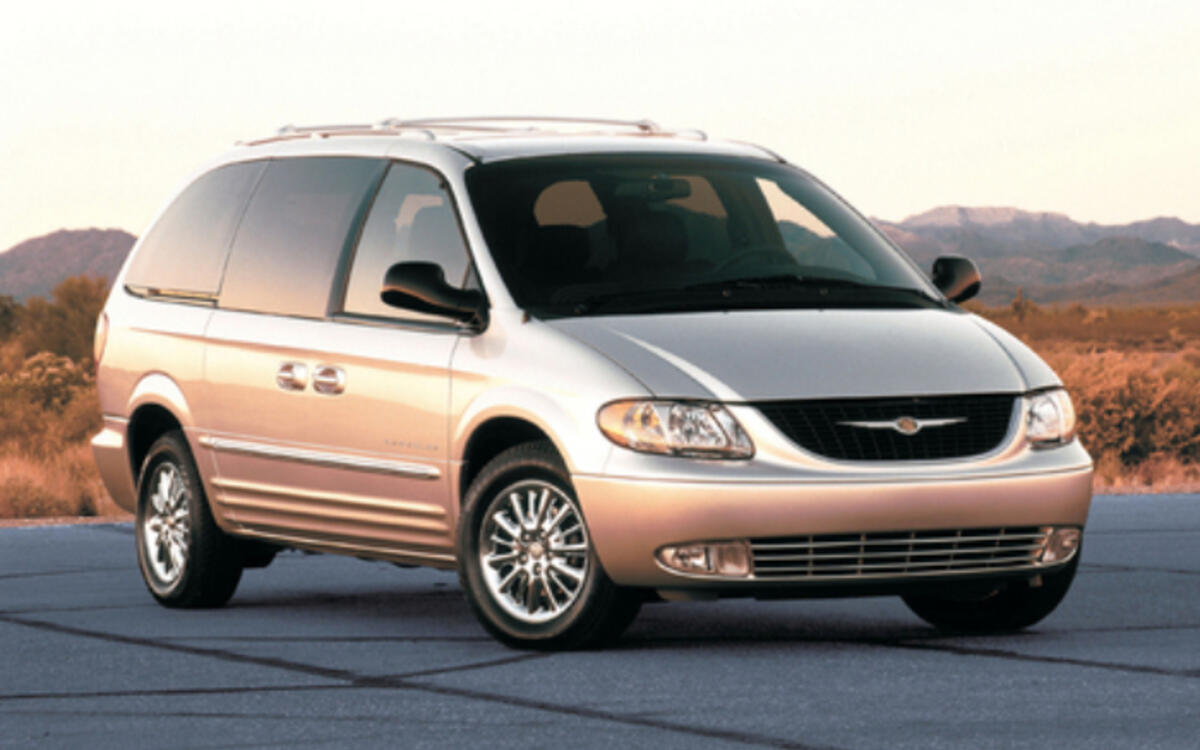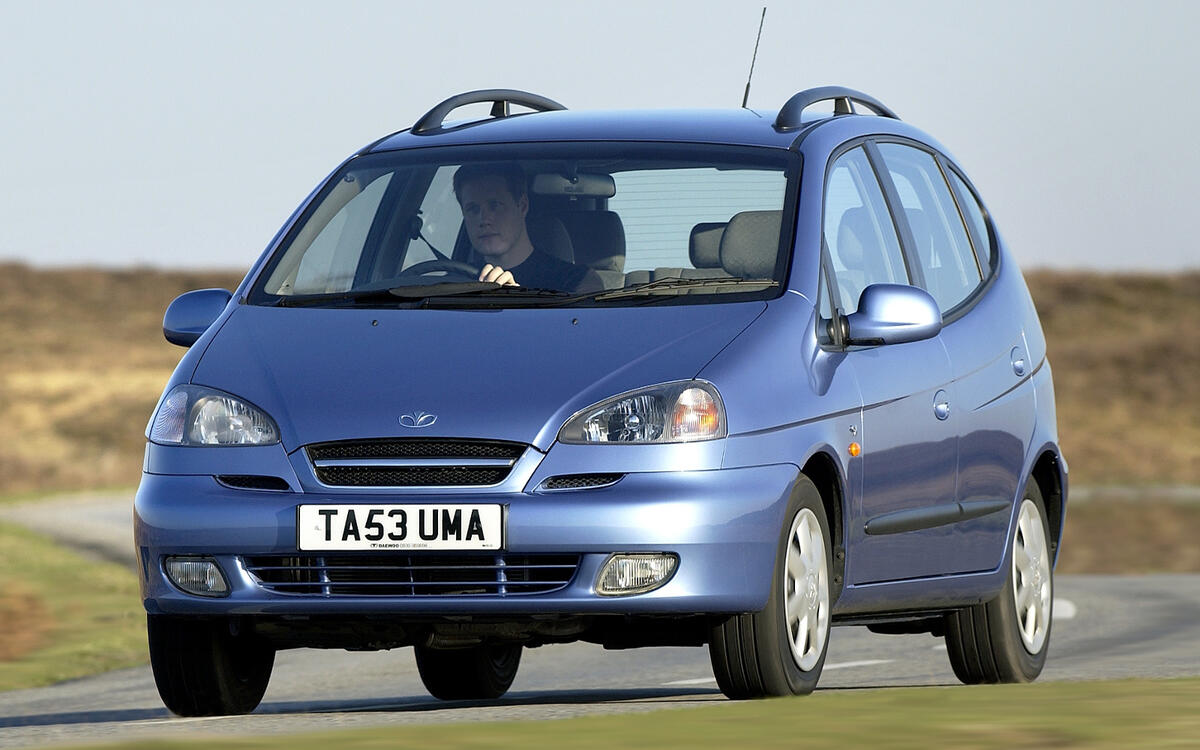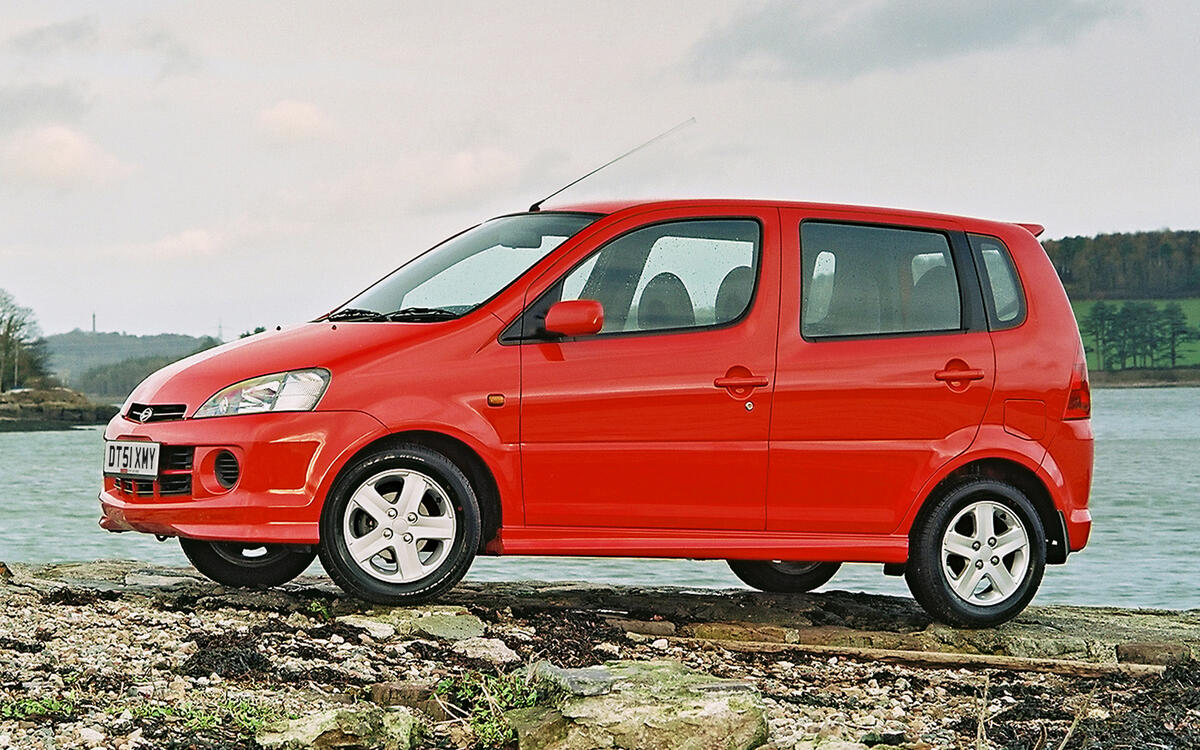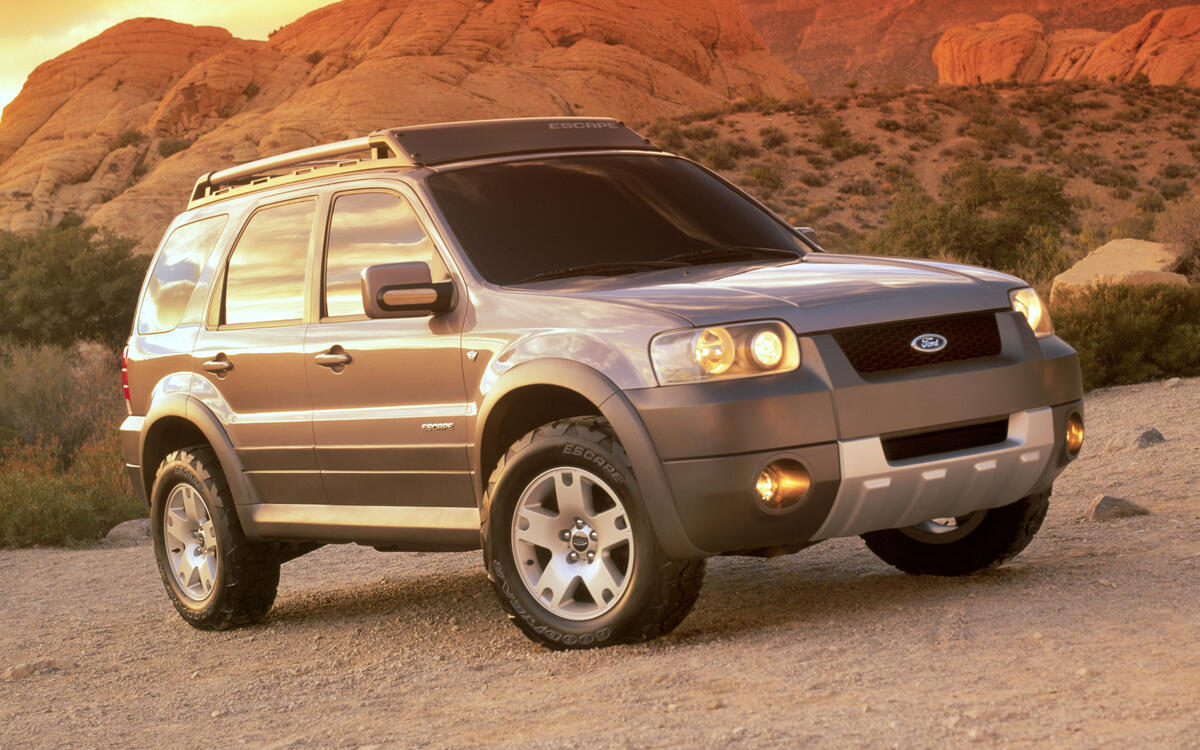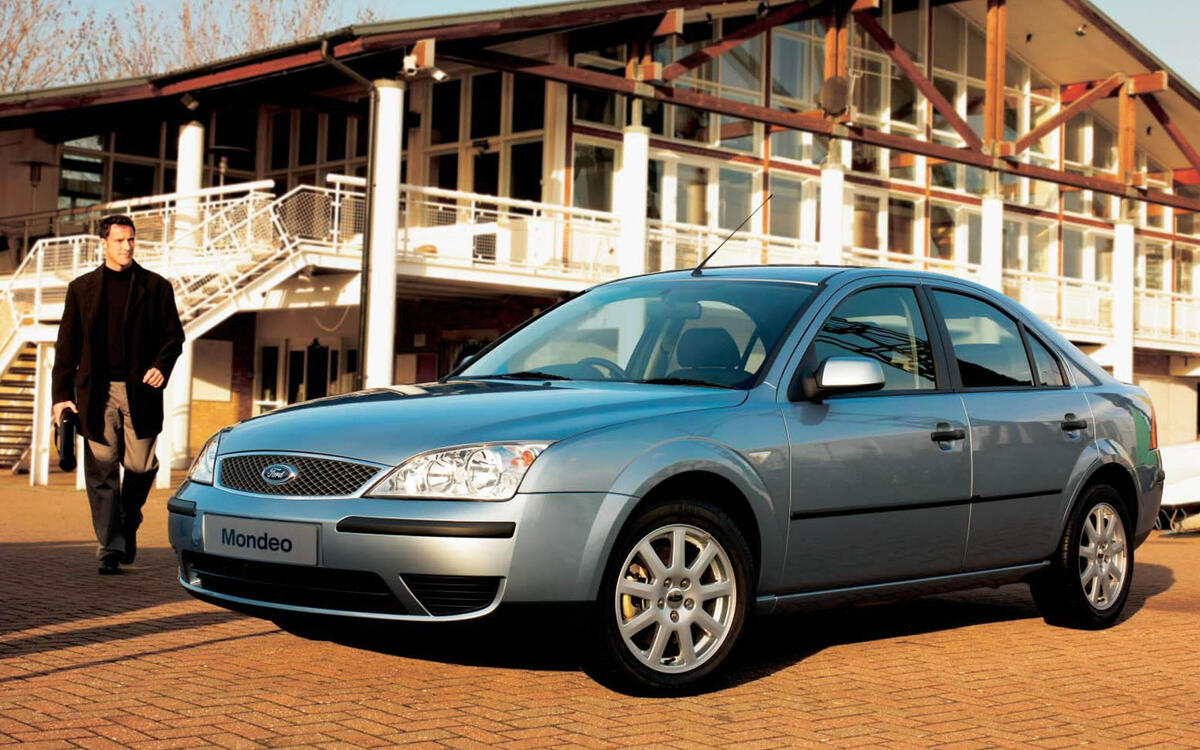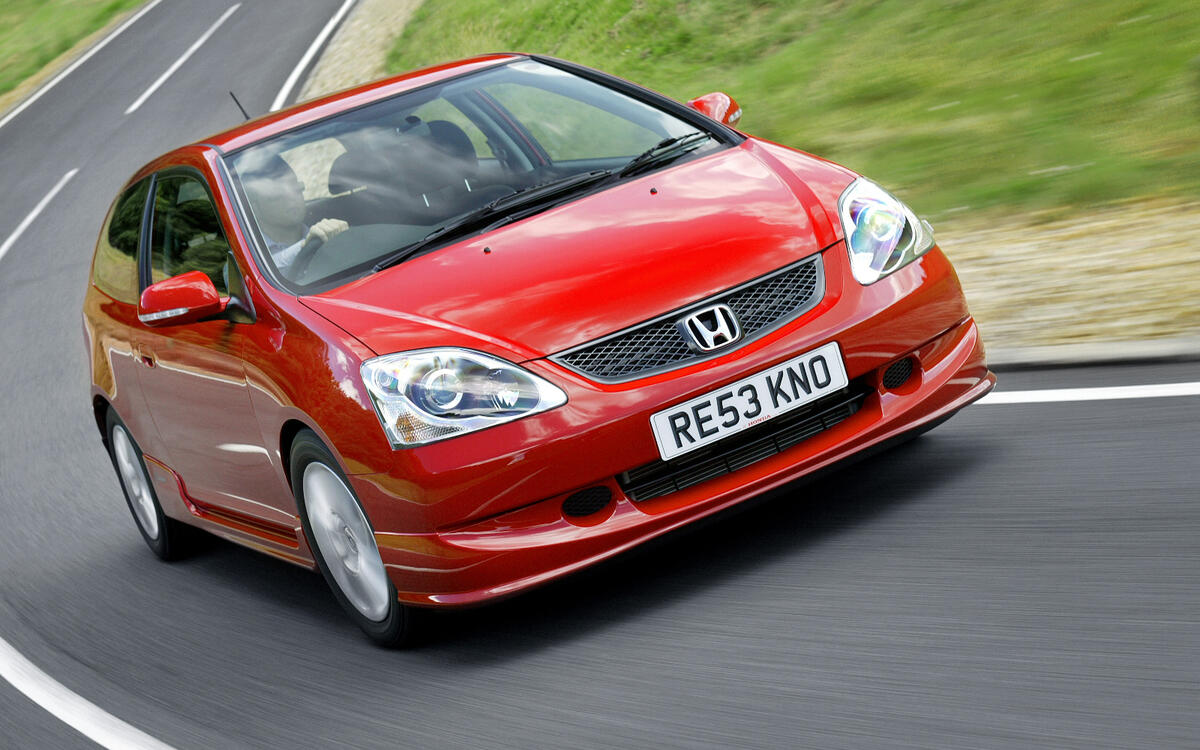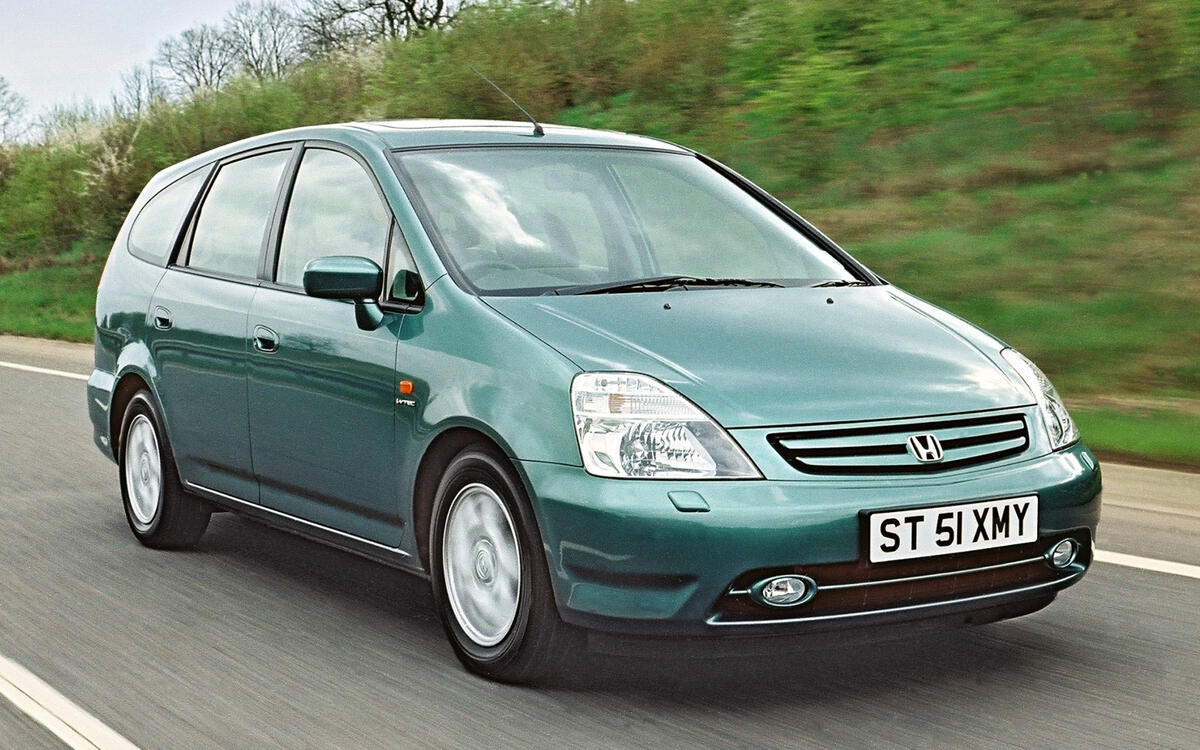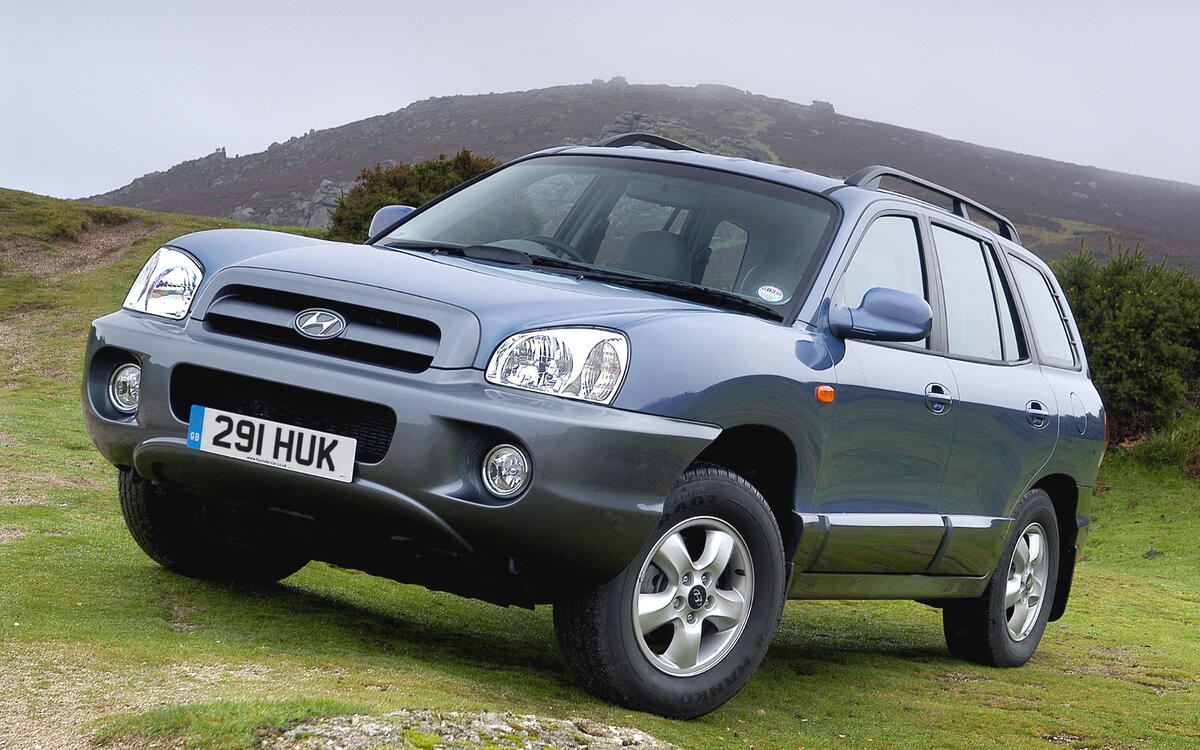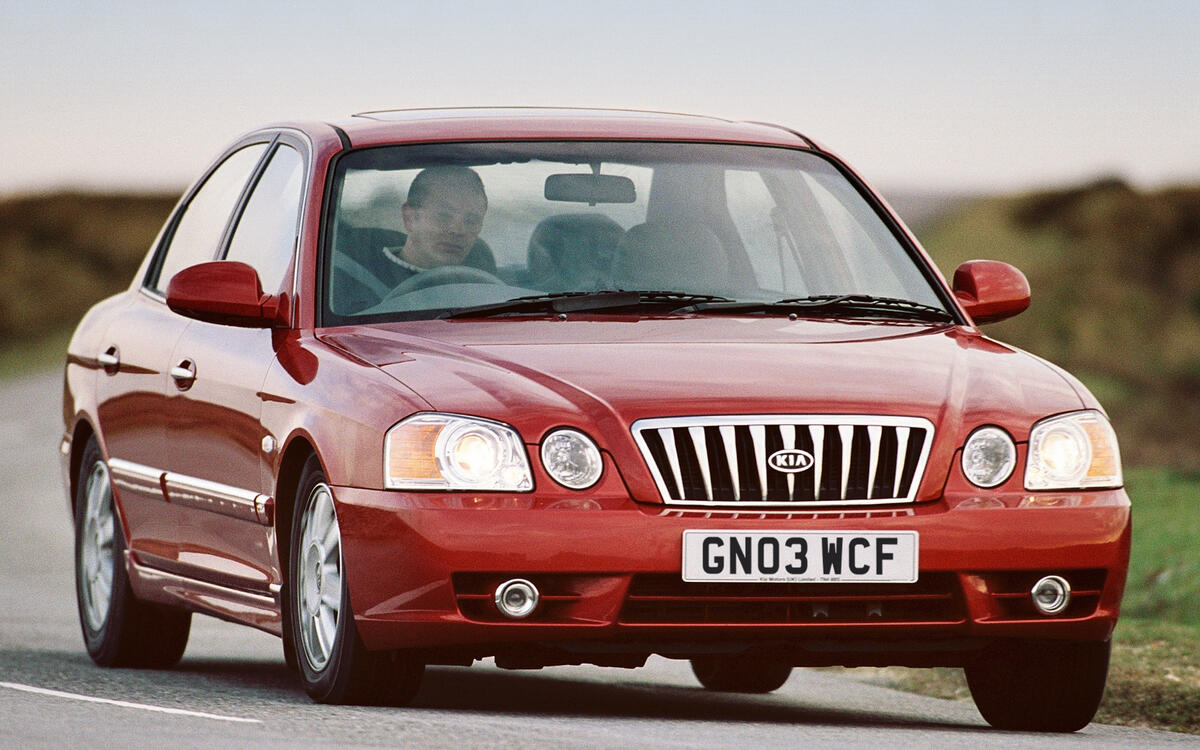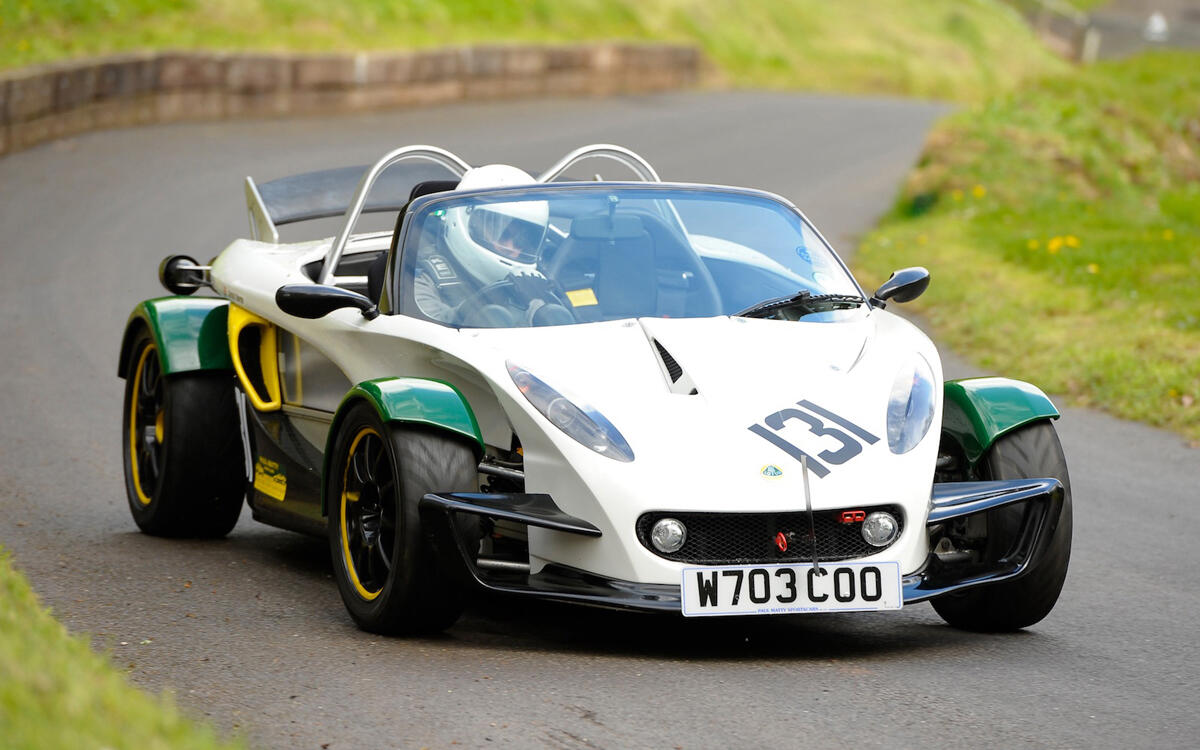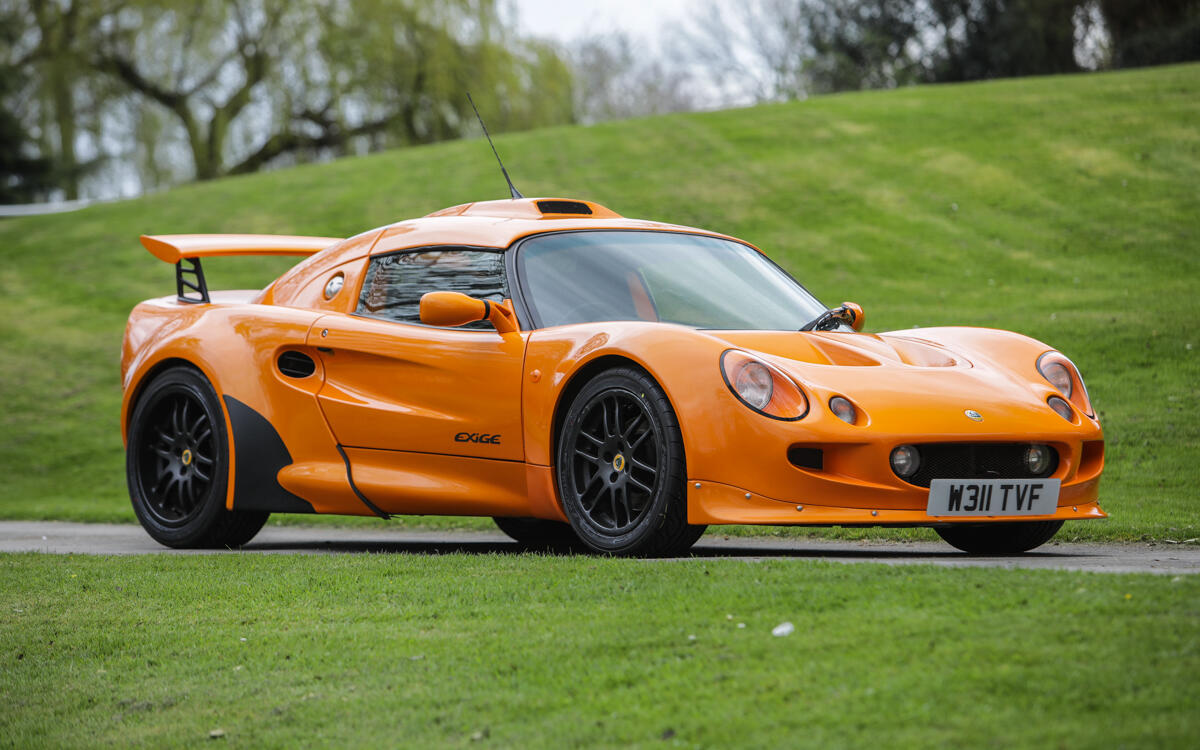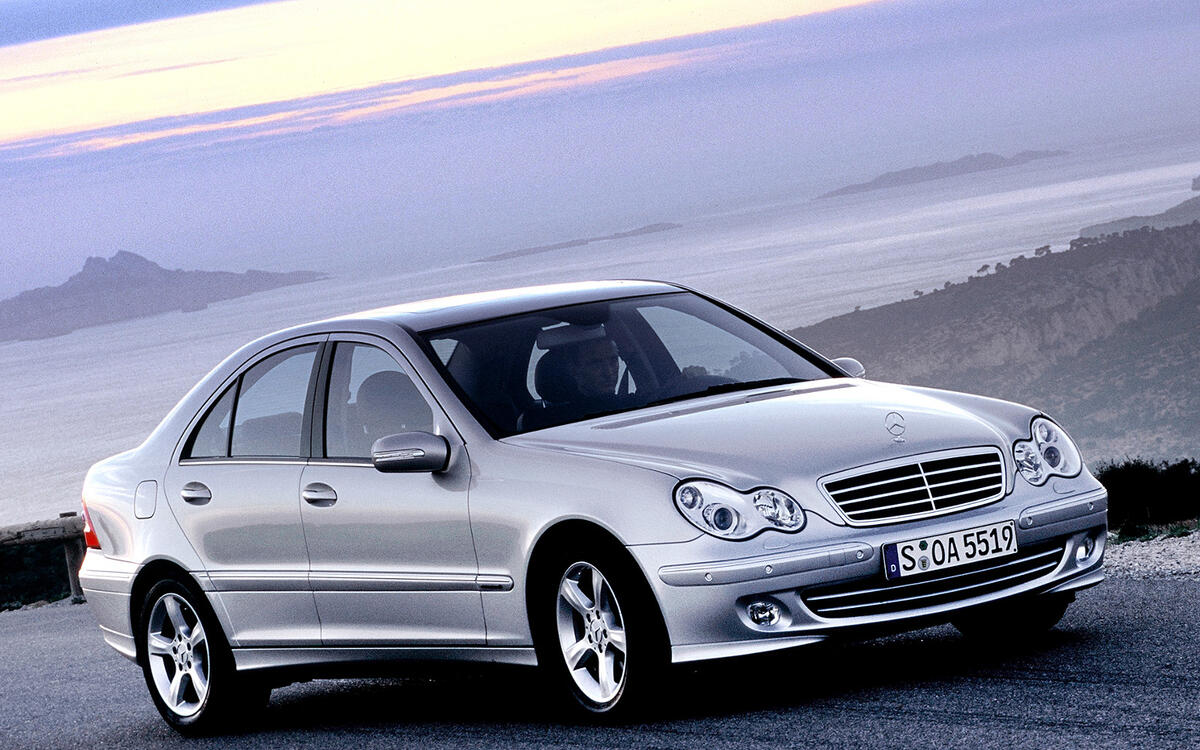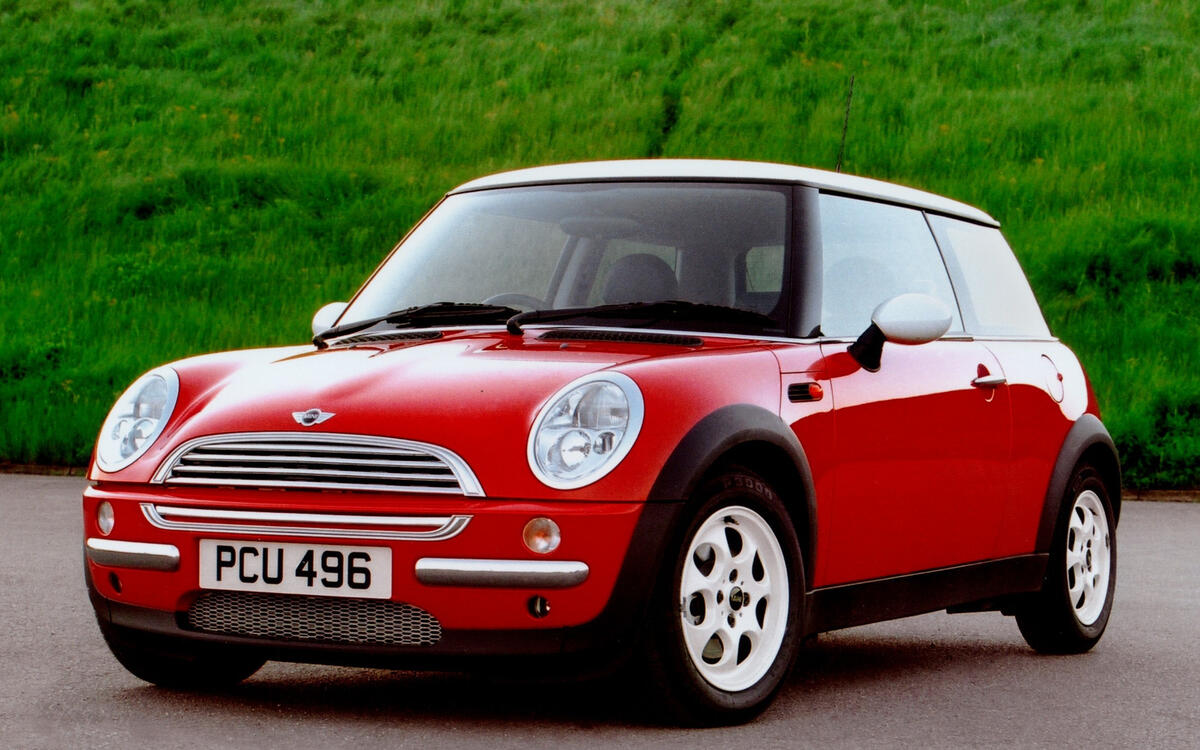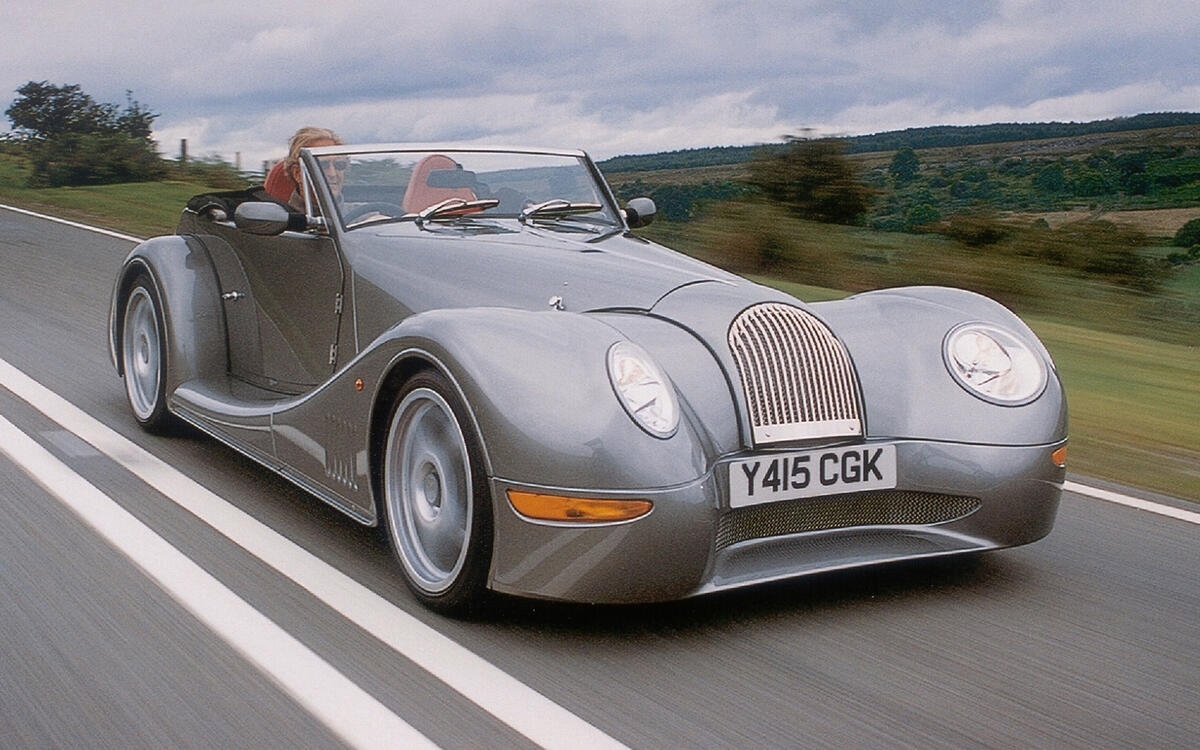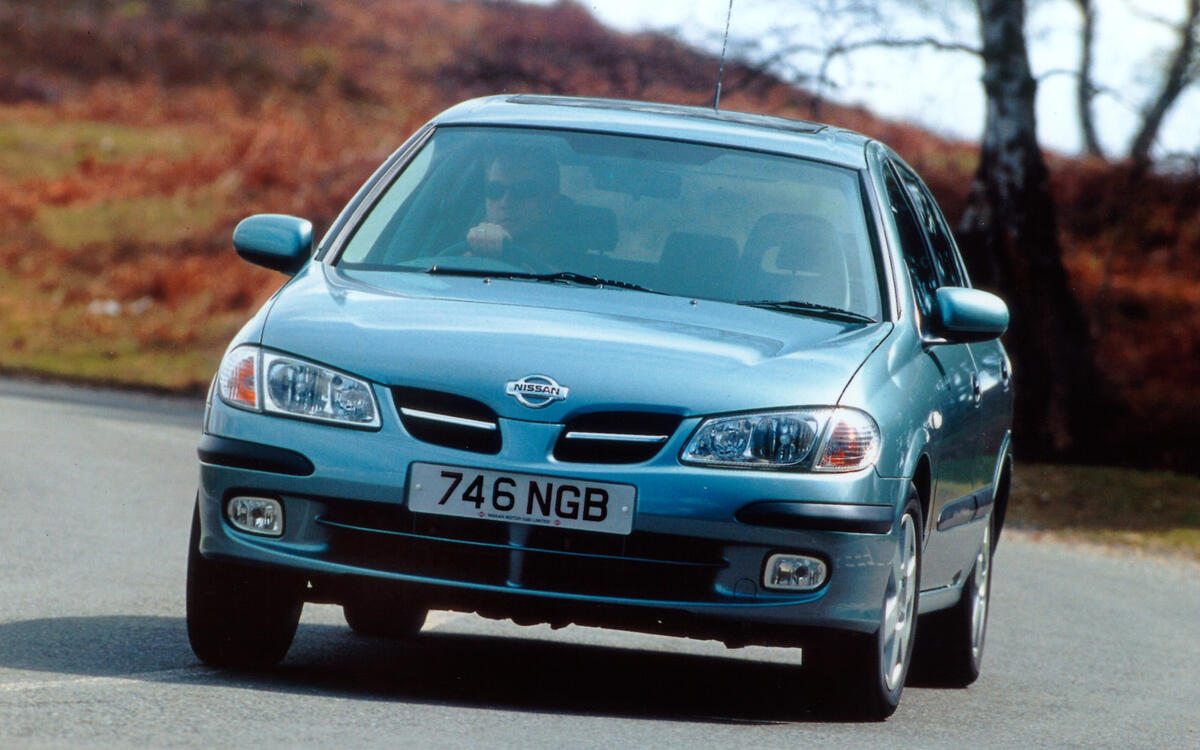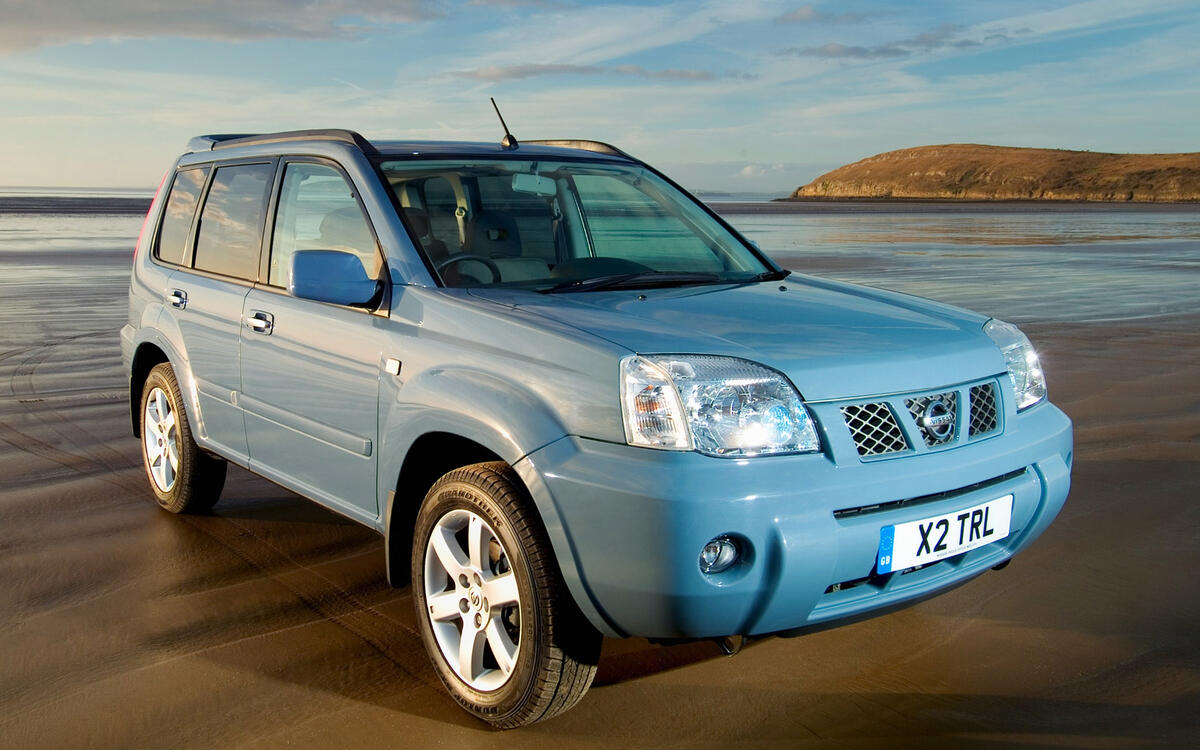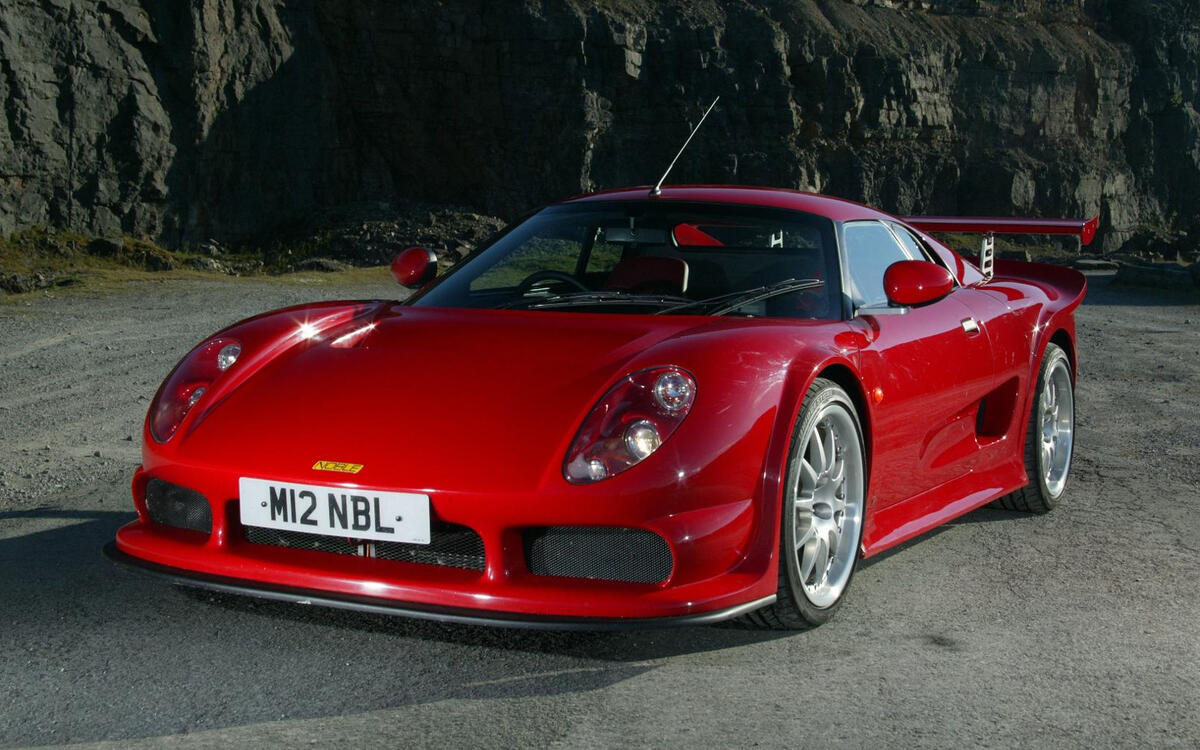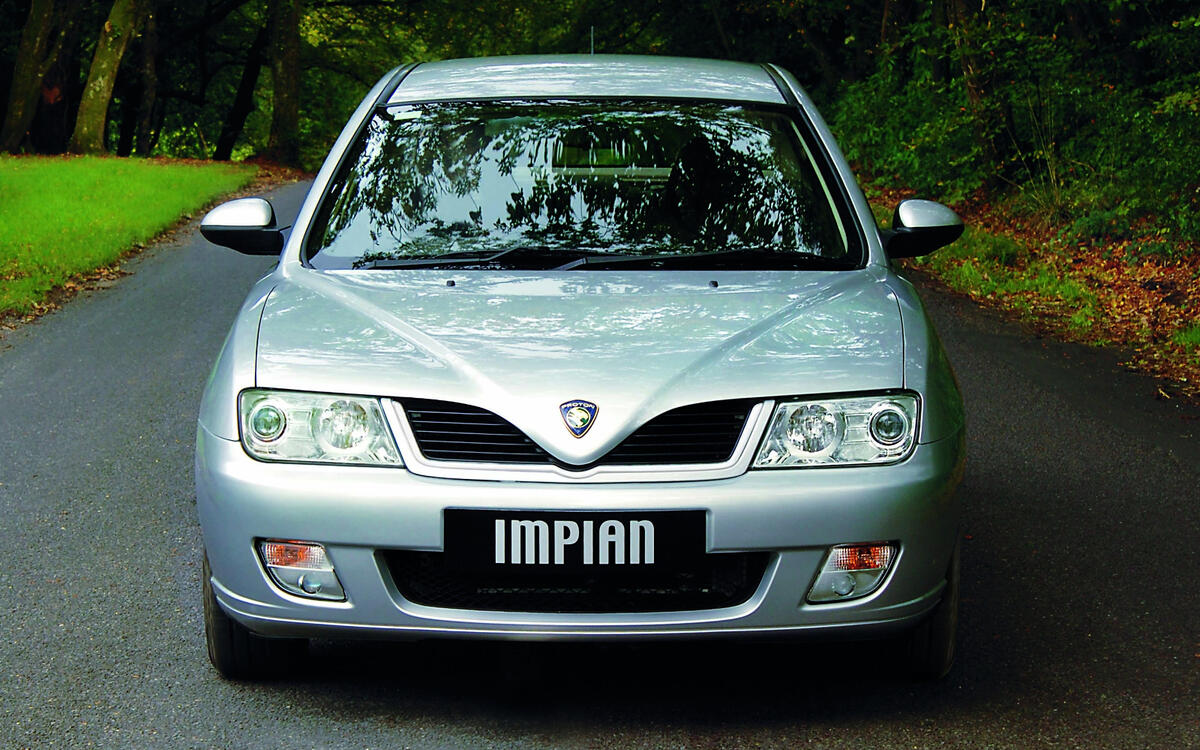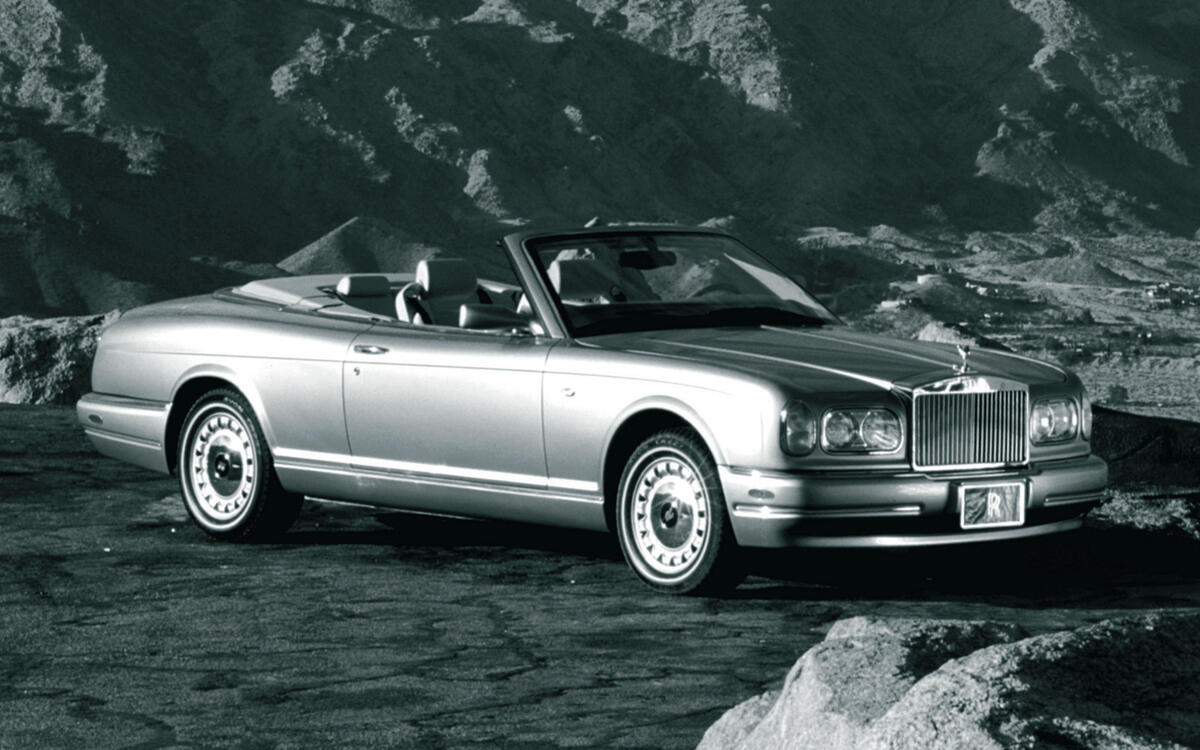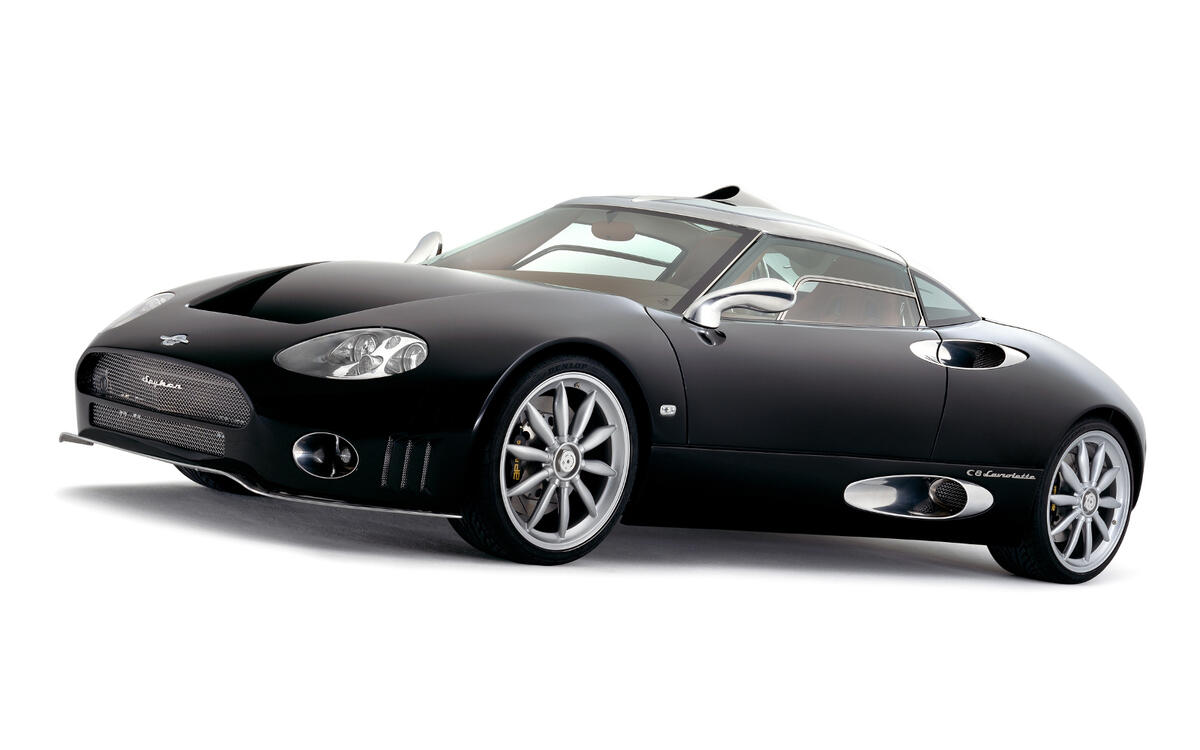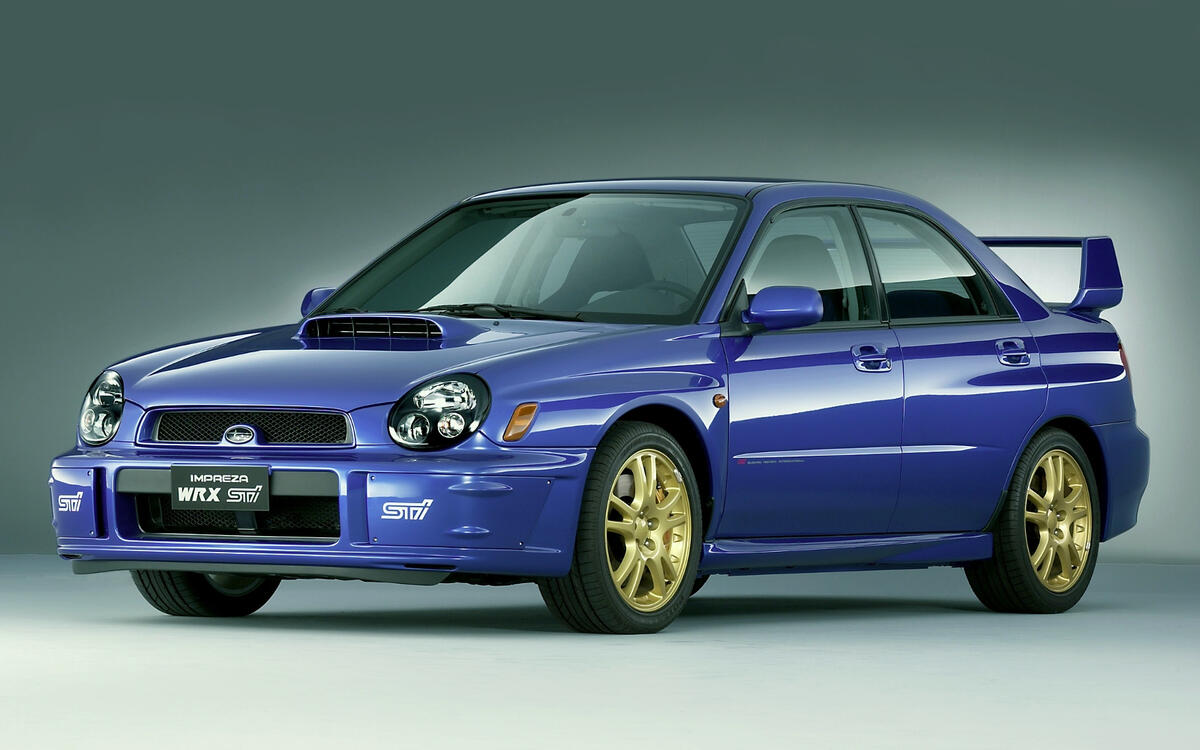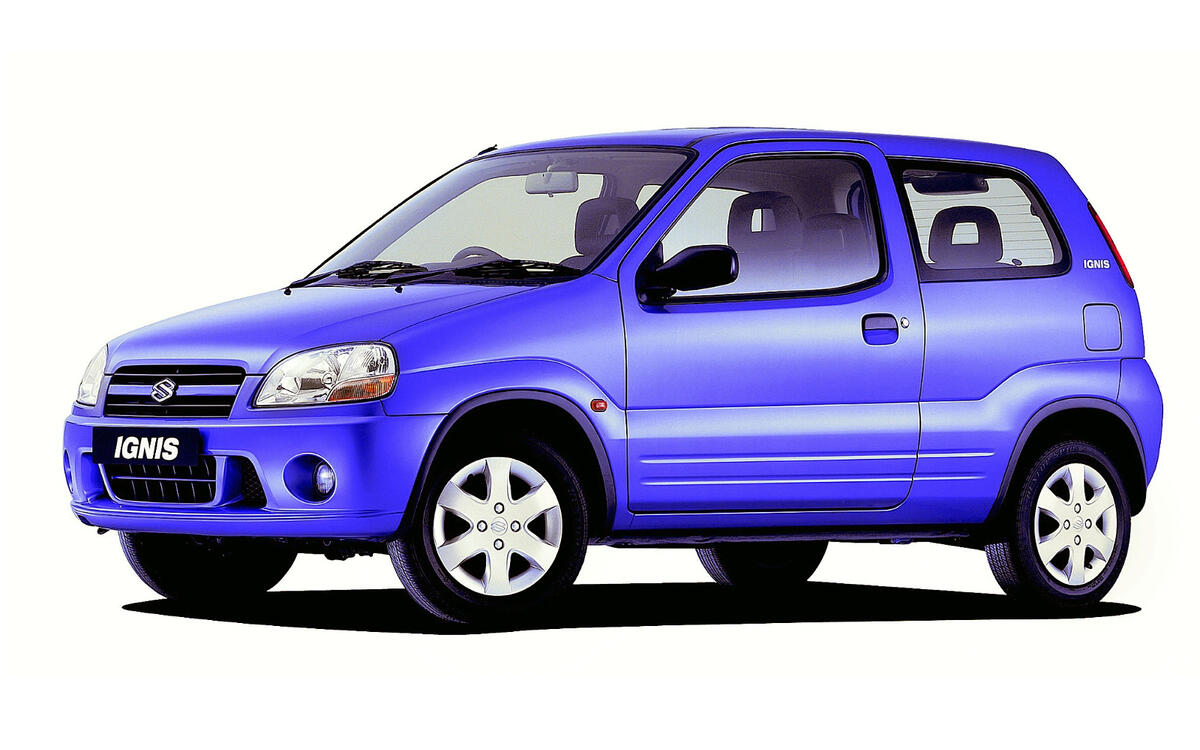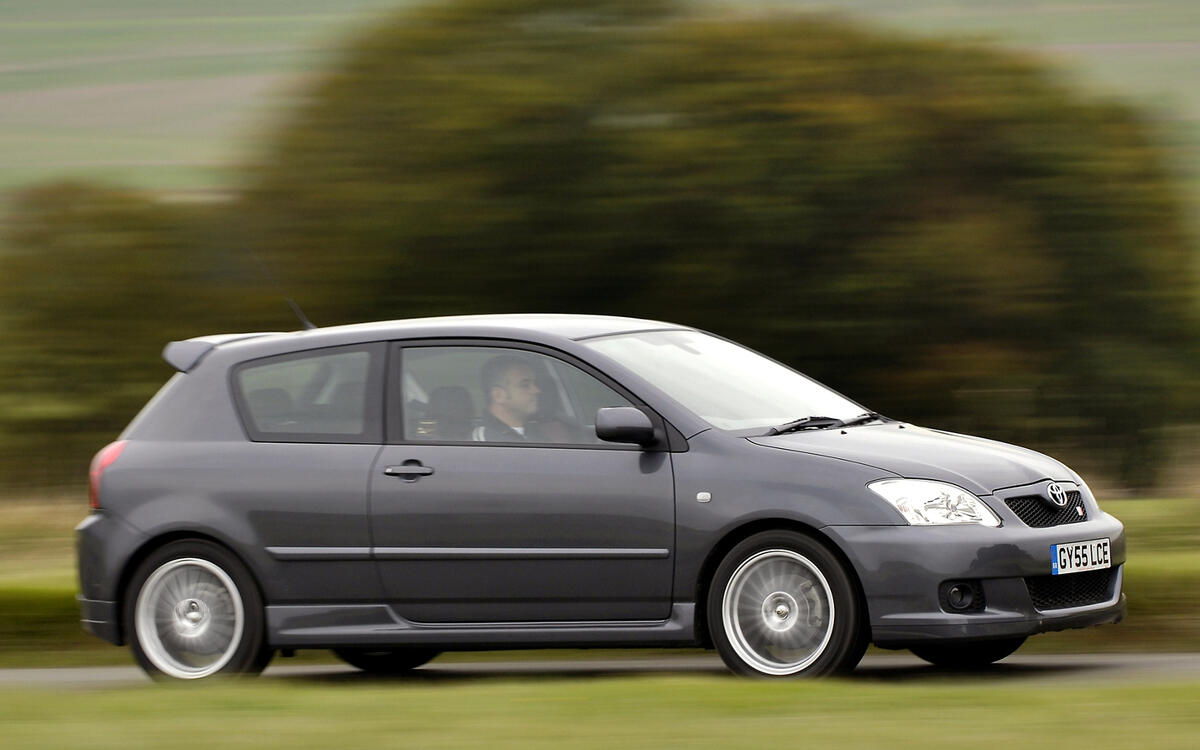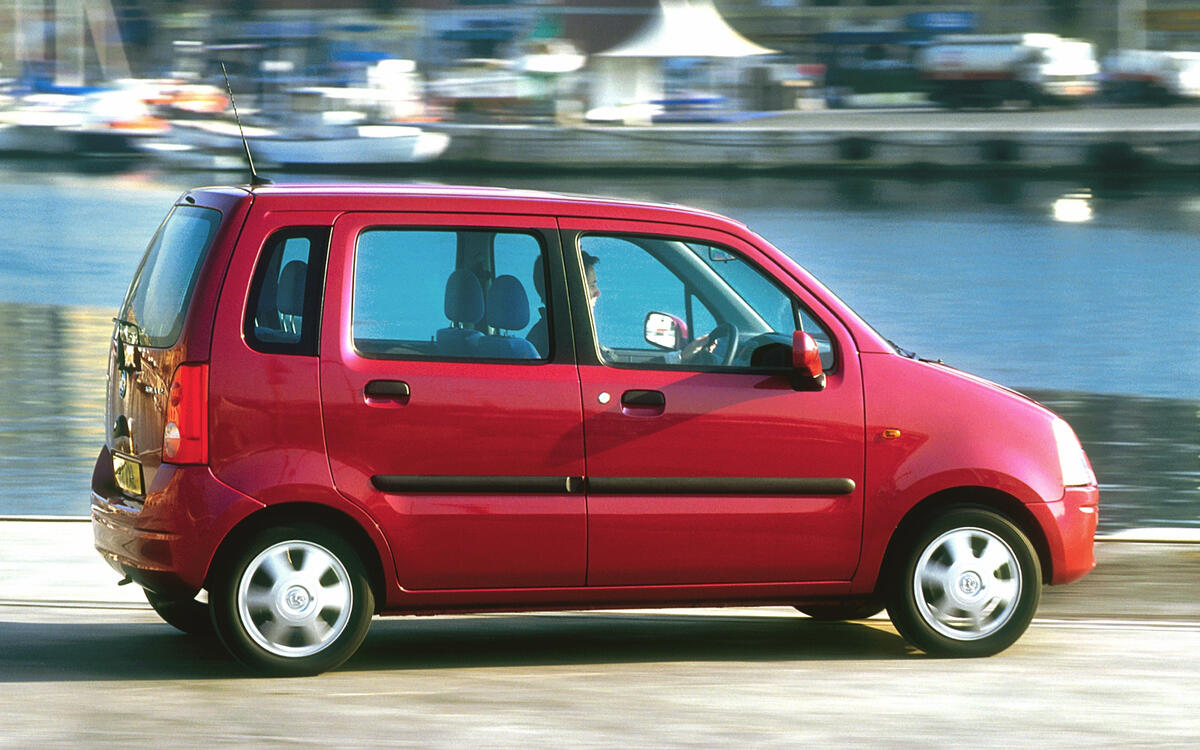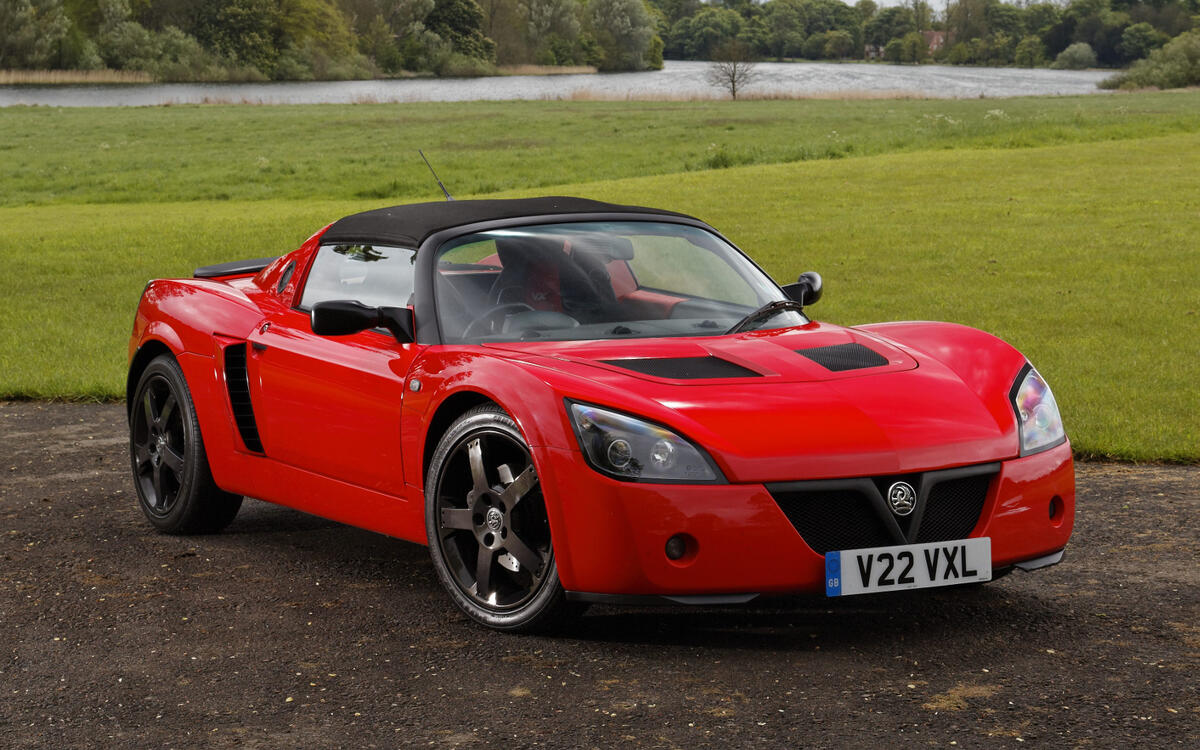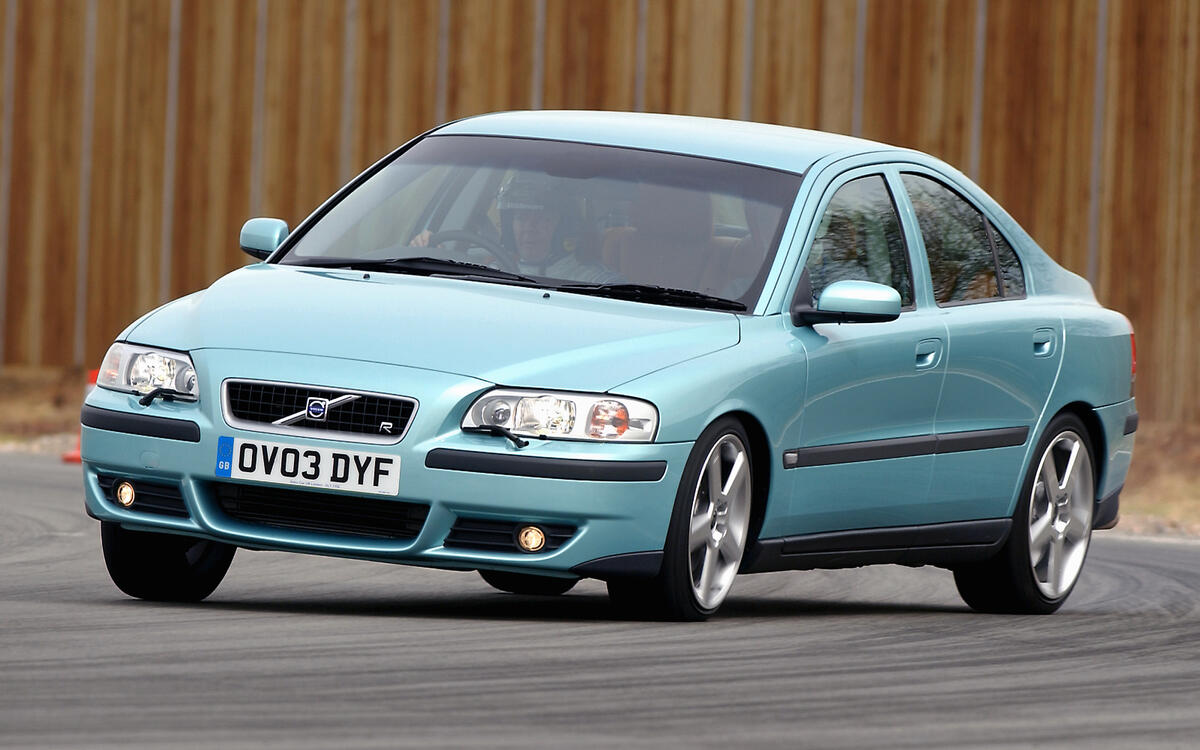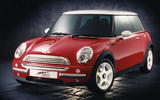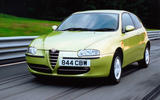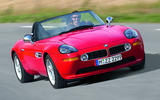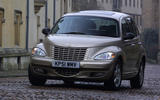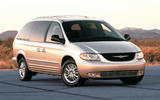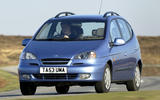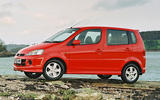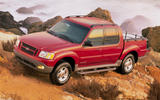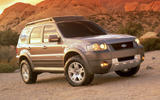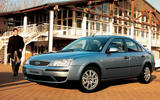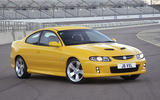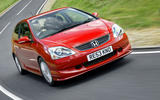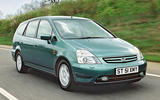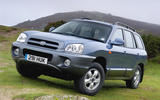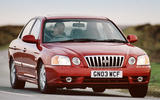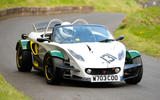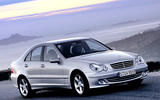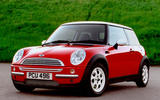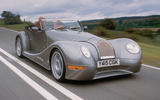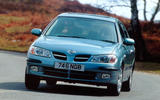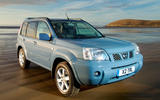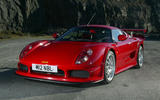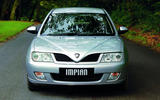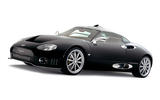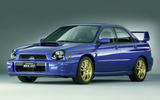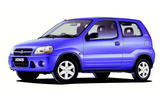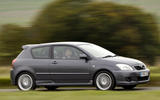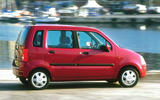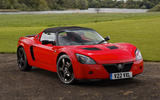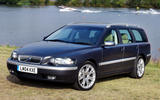 Slide of
Slide of
Remember when we once referred to The Year 2000?
And the excited anticipation that came entailed with it? Most of us were wondering why we didn’t have hoverboards yet and feeling grateful that our computers still worked.
Meanwhile, car manufacturers, which had been busy developing new models over the past few years, now began to bring them to market. Here’s a selection from the Class of 2000:
 Slide of
Slide of
Acura MDX
Sold outside North America as a Honda, the original Acura MDX was a premium seven-seat crossover which shared its platform with the slightly later Honda Pilot SUV. All MDXs have used V6 petrol engines of either 3.0 or 3.5 litres, and most of them have been four-wheel drive.
The car has been so popular that Acura claimed in 2014, shortly after the launch of the third generation, that it was the best-selling vehicle in the world with three rows of seats.
 Slide of
Slide of
Alfa Romeo 147
The 147 was Alfa Romeo’s replacement for the 145 three-door and 146 five-door hatchbacks. It was so well-received that it was named European Car of the Year for 2001, having gained one more point than the contemporary Ford Mondeo.
Engine sizes varied dramatically from the 1.6 litres of the four-cylinder Twin Spark to the 3.2 litres of the V6 fitted to the high-performance GTA version.
 Slide of
Slide of
BMW Z8
The Z8 was partly a tribute to BMW’s own 507 sports car of the mid to late 1950s. Like the earlier car, the Z8 had a V8 petrol engine, though at 4.9 litres and 395bhp it was both larger and more powerful.
Pre-production versions of the Z8 featured in the 1999 James Bond film, The World Is Not Enough.
 Slide of
Slide of
Chrysler PT Cruiser
Closely related mechanically to the Neon saloon marketed under the Chrysler, Dodge and Plymouth brands, the PT Cruiser was styled to look like a modern version of a car from the 1930s. It was built in Mexico and Austria both as a saloon and as a convertible known as the PT Cabrio.
The car was well received at first, but our January 2009 story confirming that production would soon come to an end was headed, ‘Goodbye Cruiser, you won’t be missed’.
 Slide of
Slide of
Chrysler RS minivans
The RS series was the fourth in what have so far been six generations of Chrysler minivan from 1984 to the present. They were marketed as the Chrysler Town & Country, Chrysler Voyager and Dodge Caravan, though for the first time the Plymouth name was not used since that brand was about to be withdrawn.
Western models were manufactured in Windsor, Ontario and Fenton, Missouri, as well as at the Eurostar facility in Graz, Austria. Production in these places ended in 2007 and was relocated to China.
 Slide of
Slide of
Daewoo Tacuma
South Korean manufacturer Daewoo launched the Tacuma compact MPV at about the time it was being bought out by General Motors. Not coincidentally, available engines included 1.6- and 2.0-litre petrol units developed by Opel, which was then part of GM Europe.
Despite claims that this would never happen, GM withdrew the Daewoo badge from some markets in 2005. Like other models, the Tacuma became known there as a Chevrolet. The same car was also known as the Rezzo and the Vivant.
 Slide of
Slide of
Daihatsu YRV
YRV stood for Young Recreational Vehicle, which explains just who Daihatsu was trying to attract with its mini MPV. Perhaps young recreational customers weren’t that keen, because the YRV lasted only from 2000 to 2005.
The YRV 130 Turbo, with its 127bhp 1.3-litre engine, was by far the quickest car in the range, but it wasn’t helped by tiny brakes, four-speed automatic transmission or very bouncy suspension.
 Slide of
Slide of
Ford Explorer Sport Trac
Although derived from the Explorer SUV, the Sport Trac was Ford’s first mid-sized pickup truck, a smaller alternative to the F-Series which was in its tenth generation in 2000.
Sport Tracs were built at the Louisville Assembly Plant in Kentucky, where Model Ts had been manufactured as far back as 1913, but the 210bhp 4.0-litre Cologne V6 engine was brought in from Germany.
 Slide of
Slide of
Ford Maverick
The 2000 car of this type was sold in Europe as the Ford Maverick (replacing the previous rebadged version of the Nissan Terrano II) and in North America and the Asia-Pacific region as the Ford Escape (pictured) or Mercury Mariner.
All of them were closely related mechanically to the Mazda Tribute, though Mazda, which was very heavily involved in the development, went its own way with styling and suspension settings.
 Slide of
Slide of
Ford Mondeo
Ford’s second Mondeo was based on the same platform as the first but had more interior space. Another highlight was the introduction of the TDCi diesel engine, a far better unit than the one Ford’s diesel customers had had to put up with in the past.
The new model impressed international journalists enough for them to vote it into second place in the 2001 European Car of the Year award, just one point behind the aforementioned Alfa Romeo 147.
 Slide of
Slide of
Holden Commodore VX
The VX series was the first update of the third-generation Holden Commodore. GM’s Australian brand managed to squeeze in a mild refresh halfway through its production run of less than two years, the most important change being a modification to the rear suspension.
Derivatives included the Maloo pickup and the Monaro coupé. The Monaro was exported in small numbers to the UK, where it was sold as a Vauxhall (pictured).
 Slide of
Slide of
Honda Civic
The seventh-generation Honda Civic was produced from 2000 to 2005. It was sold mostly as a hatchback, though a saloon body was offered in North America.
This Civic was the second available in high-performance Type R form and the first with a petrol-electric hybrid known as IMA (for Integrated Motor Assist) in the range. The hybrid system was a class winner in the International Engine of the Year awards from 2002 to 2004.
 Slide of
Slide of
Honda Stream
Honda extended the Civic by 100mm to produce the Stream. It was an unusual car in that it was not only a seven-seat MPV but also the first Honda to be sold with the company’s new i-VTEC technology, which added variable inlet camshaft phasing to the existing VTEC system.
In this form, with a 2.0-litre engine producing just short of 160bhp, the Stream was described, rather ambitiously, as a “seven-seater GTi”. For customers who didn’t want that sort of thing, a less powerful 1.7-litre engine without i-VTEC was also available.
 Slide of
Slide of
Hyundai Santa Fe
Named after the state capital of New Mexico, the first Santa Fe was both Hyundai’s first SUV and its first four-wheel drive vehicle for export markets. The wide range of engines included a 200bhp 3.5-litre V6.
Hyundai’s decision to enter the SUV market was very successful. It now produces the smaller Tucson and Niro, while the Santa Fe itself has entered its fourth generation.
 Slide of
Slide of
Kia Magentis
Known as the Optima outside Europe, the first Magentis was a slightly modified version of sister company Hyundai’s Sonata, introduced in 1998. When the Magentis first came to the UK in 2001, it had the extraordinary combination of a 166bhp 2.5-litre V6 petrol engine and a starting price of just £12,995. A 134bhp 2.0-litre four-cylinder was added to the range later.
Kia dropped the Magentis name after production of the second-generation car ended in 2010, and now uses Optima for equivalent vehicles in most markets.
 Slide of
Slide of
Lotus 340R
Lotus built 340 examples of this car in the final year of first-generation Elise production. The 340R had no roof, doors or side windows, but the hoped-for 340bhp per tonne power-to-weight ratio was never achieved in any road-going version.
Although we quoted Lotus Head of Development Nick Adams in 2007 describing the 340R as a “styling led car”, it was also quick. The standard engine was the VHPD (Very High Performance Derivative) version of the 1.8-litre Rover K-Series producing either 177bhp or 187bhp according to customer choice.
 Slide of
Slide of
Lotus Exige
The first Exige was a hardtop coupé version of the Elise, fitted with the VHPD 1.8-litre Rover K-Series engine as used in the 340R.
In production from 2000 to 2002, it is the only Rover-powered Exige. All versions built since the name was brought back in 2004 have used Toyota engines, first a 1.8-litre four-cylinder and later a 3.5-litre V6.
 Slide of
Slide of
Mercedes C-Class
Known internally and to Mercedes enthusiasts as the W203, this was the second of the company’s mid-sized cars to be given the name C-Class. It was available in saloon and estate forms, and as a two-door called the SportCoupé.
Performance division AMG created several derivatives. The fastest was the C 55 AMG, whose 5.4-litre V8 engine produced a maximum of 362bhp.
 Slide of
Slide of
MINI
Two of the biggest motoring stories of 2000 were the demise of the classic Mini after 41 years and the introduction by BMW of the new MINI. Available at first only as a hatchback, it was similar to the old car in appearance, but much larger and technically unrelated.
The initial line-up of petrol engines was built by Tritec, a joint venture based in Brazil and created by Chrysler and Rover. In 2006, they were replaced by ones assembled by BMW at Hams Hall in Warwickshire from parts manufactured in France by the company then known as PSA Peugeot Citroën.
 Slide of
Slide of
Morgan Aero 8
Coming from a staunchly traditional company, the Morgan Aero 8 was a radical new model with aluminium chassis and body panels, though following usual Morgan practice the body structure was made of wood.
The original engine was a 4.4-litre version of BMW’s M62 V8, later replaced by a more modern 4.8-litre V8 from the same company. Criticism of the Aero 8’s early ‘cross-eyed’ look led to a redesign of the front end in 2007.
 Slide of
Slide of
Nissan Almera
Nissan’s second-generation Almera (which would have been known as the Sunny but for a name change in 1995) was the first car the company produced after being saved from bankruptcy by an alliance with Renault which was much happier at the time than it is now.
Like its predecessor, this Almera was available as a three- or five-door hatchback or as an estate. Production at Nissan’s Sunderland plant stopped in 2006, and the Almera name went temporarily into abeyance before returning five years later.
 Slide of
Slide of
Nissan X-Trail
Based on the same platform as the Almera and several other Nissans, the X-Trail was a crossover SUV launched at a time of rapid expansion in that market sector.
At the time of an early update in 2003, we suggested that Nissan hadn’t quite appreciated what buyers were looking for, saying that potential customers “were jumping out of their VW Passats and scratching their heads at the lack of sat-nav and climate control”. These and other items of equipment were quickly added.
 Slide of
Slide of
Noble M12
Noble’s first car was the M10 of 1999, which had a naturally-aspirated Ford Duratec V6 engine. Many customers who placed deposits for it rapidly transferred them to the M12 when it was revealed that this car had a twin-turbo version of the Duratec with a power output of over 300bhp.
The ultimate version built by Noble was the M400. The company quickly moved on to the M14, but derivatives of the M12 were developed and sold by Rossion (American) and Salica (British).
 Slide of
Slide of
Proton Impian
The Proton Waja, launched internationally in 2000, was a close relative of the Mitsubishi Carisma but with Proton’s own styling and a more obvious policy of building down to a price.
Sold in the UK from 2001 as the Impian (the Malay word for ‘dream’), its principle appeal here was that it was very cheap. In response to the question, “Should I buy one?” after a 2006 update, we wrote, “Almost definitely not,” but added, “If sticker price is important to you, that’s something to think about at least.”
 Slide of
Slide of
Rolls-Royce Corniche
The fifth and most recent Rolls-Royce to be given the Corniche name was essentially a convertible version of the Bentley Azure, using a 325bhp turbocharged version of the long-lived 6.75-litre V8 engine.
It was the most expensive car Rolls-Royce sold at the time, and also the last before the brand was fully taken over by BMW, as it remains today.
 Slide of
Slide of
Spyker C8
The Dutch Spyker brand, dormant since 1926, was revived in 1999. The new company’s first car, launched the following year, was the C8.
In its original form, it was fitted with a 395bhp version of Audi’s 4.2-litre V8 engine. Later versions had longer wheelbases and more power. The second-generation car was introduced in 2009.
 Slide of
Slide of
Subaru Impreza
The second-generation Impreza was sold exclusively with flat-four boxer-type engines and almost always with four-wheel drive. The original ovoid headlights, which earned the car the nicknames Bugeye and Blob Eye, were replaced in a 2002 facelift.
Richard Burns and Petter Solberg won the Drivers title in the World Rally Championships of 2001 and 2003 respectively in Imprezas of this era.
 Slide of
Slide of
Suzuki Ignis
Sold in Japan as the Swift, the first-generation Suzuki Ignis was a three- or five-door supermini produced from 2000 to 2004. A relatively powerful Sport version was introduced in 2003, by which time Suzuki had already started using the car in the Junior World Rally Championship.
Four-wheel drive versions of the Ignis were built at Suzuki’s factory in Hungary and sold in Europe as the Subaru Justy.
 Slide of
Slide of
Toyota Corolla
Corolla is the world’s best-selling nameplate, though unlike Ford with the Model T or Volkswagen with the original Beetle, Toyota has built many different generations of Corolla.
The ninth made its Japanese debut in 2000. It was primarily designed to appeal to European customers (famously the most demanding in the world) but was offered in a large number of forms to suit local markets elsewhere.
This was the first Corolla to be built at Toyota’s factory in Derbyshire. One of the rarest versions was the supercharged Corolla Compressor (pictured), of which only 250 were built.
 Slide of
Slide of
Vauxhall Agila
Sold as a Vauxhall in the UK and an Opel elsewhere in Europe, the first-generation Agila was a reworking of the Suzuki Wagon, all three brands being either wholly or partly owned by GM Europe.
It was built in Poland with 1.0-litre three-cylinder and 1.2-litre four-cylinder Opel engines. The second and final Agila, which replaced this one in 2007, was a European version of the Suzuki Splash.
 Slide of
Slide of
Vauxhall VX220
The VX220, or Opel Speedster, was a way both for GM Europe to re-enter the sports car market and for Lotus to share the costs of developing a new Elise which would meet new European crash legislation. The two cars were similar technically, though the Vauxhall/Opel version had more angular styling and either a naturally-aspirated 2.2-litre engine or a 2.0-litre turbo.
Production stopped in 2005, but five years later we felt able to say, “This is the best value British sports car of the last decade, or indeed any ten-year period you care to mention.”
 Slide of
Slide of
Volvo S60
The first-generation S60 was a compact executive car based on the same platform as almost every other model Volvo sold at the time. With many updates, it remained in production for the whole decade, being replaced by the second S60 only in 2010.
The fastest version, introduced in 2003, was the S60 R (pictured), which had a 296bhp 2.5-litre five-cylinder engine, four-wheel drive and a complex three-mode system involving the suspension dampers and 4x4 system which Volvo referred to as Four-C, or Continuously Controlled Chassis Concept. The mechanically similar V70 R was launched at the same time.
 Slide of
Slide of
Volvo V70
The second V70 was the latest in a long line of Volvo estates but also had to resemble the other contemporary models. “Imagine the front end of an E-Type Jaguar married to the back end of a Ford Transit van,” said designer Peter Horbury. “With the Volvo V70, we have tried to combine the two.”
All versions had five-cylinder engines, early diesels being bought in from Audi. The V70 remained in production for seven years, with a facelift in 2005.
If you enjoyed this story, sign up to Autocar’s newsletter for all the best car news, reviews and opinion direct to your inbox. Click here to subscribe.
Join us as we remember the standout cars - for better or for worse - from the beginning of the millennium
Advertisement

